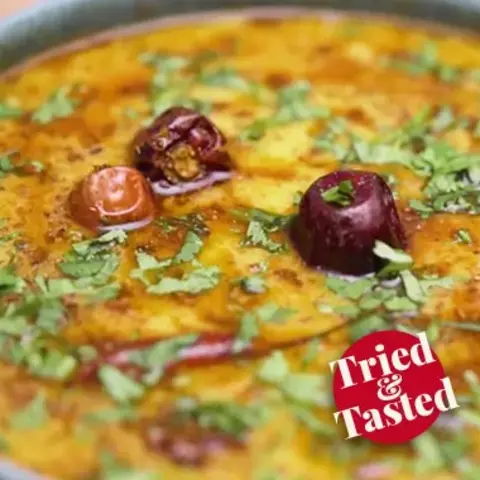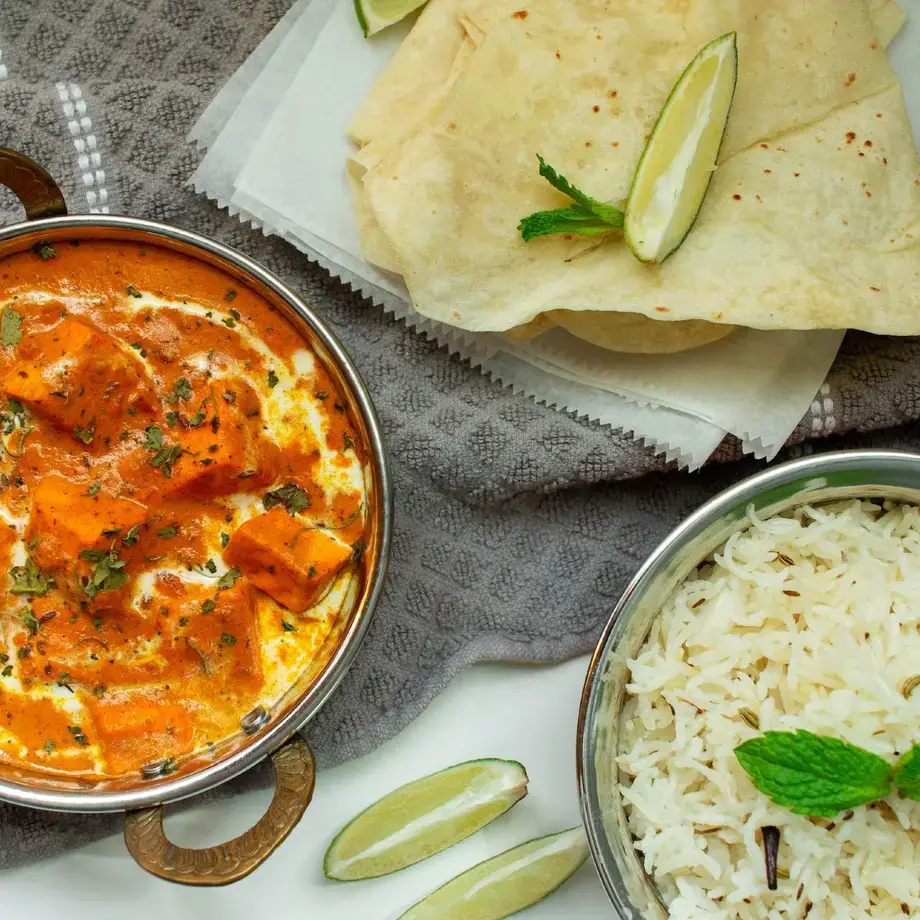When the Brits returned home after the rule of the British Raj, they were keen to recreate the chutneys they relished in India. Unable to use exotic ingredients such as mangoes, coconuts and tamarind, the English compromised with apples, tomatoes, and onions, which were then cooked with sugar, raisins, and spices. These jammy, sugary, spiced reductions of fruit are often enjoyed alongside cheese and cured meats. This style of chutney has remained hugely popular and is now a staple part of many an English pantry.
Authentic chutney preparations in India are quite different. The word chutney is derived from the Hindi word ‘chatna’ which means ‘to lick’ and they vary vastly from region to region.
The most popular chutney comes in the form of a smooth sauce, and is used as a dip for snacks. Street food favourites such as samosas or pakoras are served with delicious ’red and green chutneys’: a spicy and zingy fresh coriander mint chutney being ‘the green one’, and a sweet, stick and tangy tamarind chutney being ‘the red’.
This combination of spicy and sweet chutneys finalises the assembling of ‘chaat’ - a popular style of flavour-bursting street food, which is incomplete without the chutneys.
In South India, you will find chutneys in a powdered form (also known as podi). In some households, podi is made from roasted spices, chillies, and lentils. It’s often sprinkled over hot rice, dosas and idli with some hot ghee. The most famous podi is called ‘gunpowder’ thanks to its explosive, fiery flavour. Podis come in different flavours and are a staple part of any South Indian kitchen. They’re considered to be an easy way to inject flavour and elevate what would be a very simple meal. Podis are also considered to be a ‘portable chutney’ – making them very practical for lunch boxes and picnics.













